Alstom Coradia iLint - 140 km/h (87 mph)
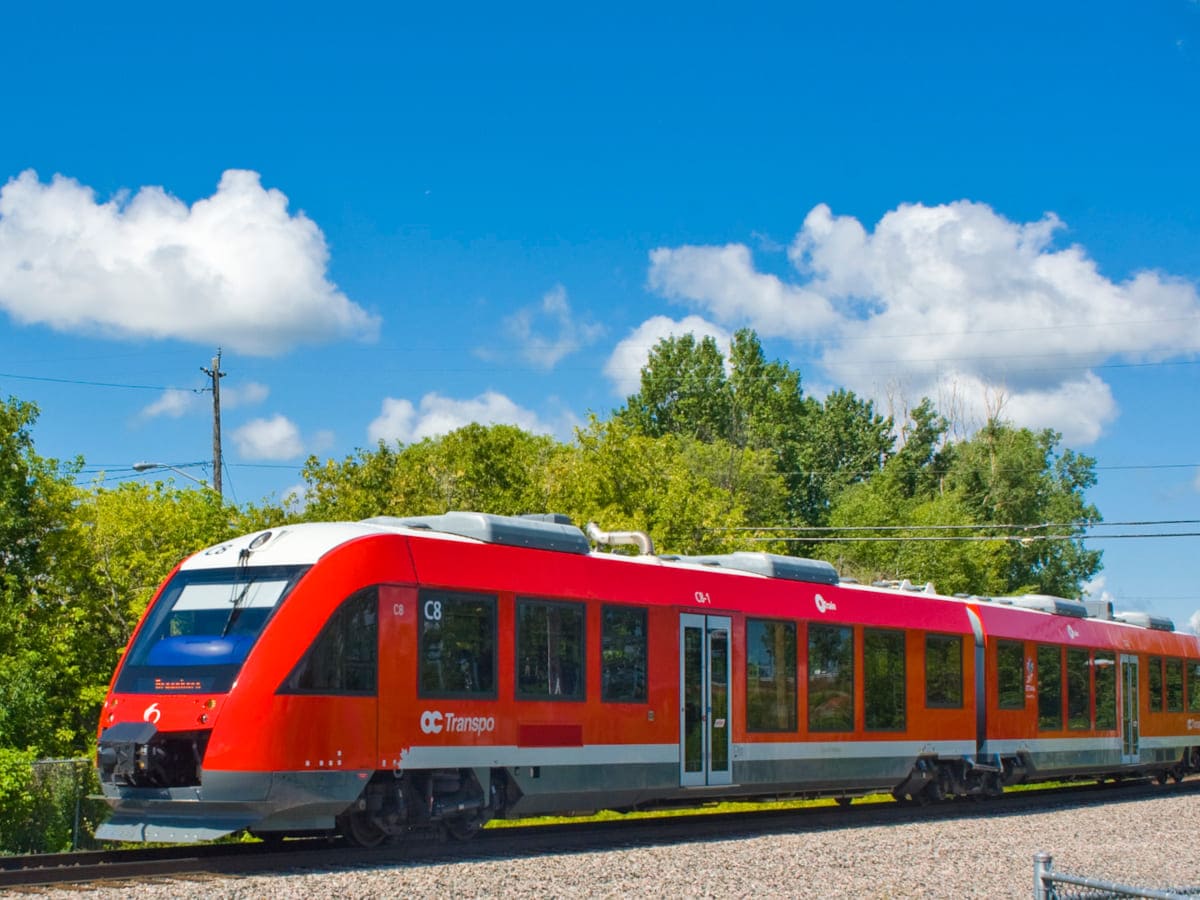
As the world's first hydrogen-powered passenger train, the Coradia iLint represents a revolutionary step toward sustainable rail transport. Though not competing in terms of speed, its significance lies in its zero-emission technology.
The train uses hydrogen fuel cells to produce electricity, emitting only water vapor and condensation. Currently operating in Germany, it can travel up to 1,000 kilometers on a single tank of hydrogen, matching the performance of diesel trains while being significantly quieter.
ICE 3 (Germany) - 300 km/h (186 mph)

The InterCity Express 3, or ICE 3, is Deutsche Bahn's flagship high-speed train. Known for its distributed power system, with motors throughout the train rather than concentrated in the locomotive, it offers superior acceleration and climbing ability.
The ICE 3 features advanced regenerative braking, converting kinetic energy back into electricity. Its pressure-sealed design ensures passenger comfort when passing through tunnels or crossing other high-speed trains.
Eurostar (UK/France) - 300 km/h (186 mph)
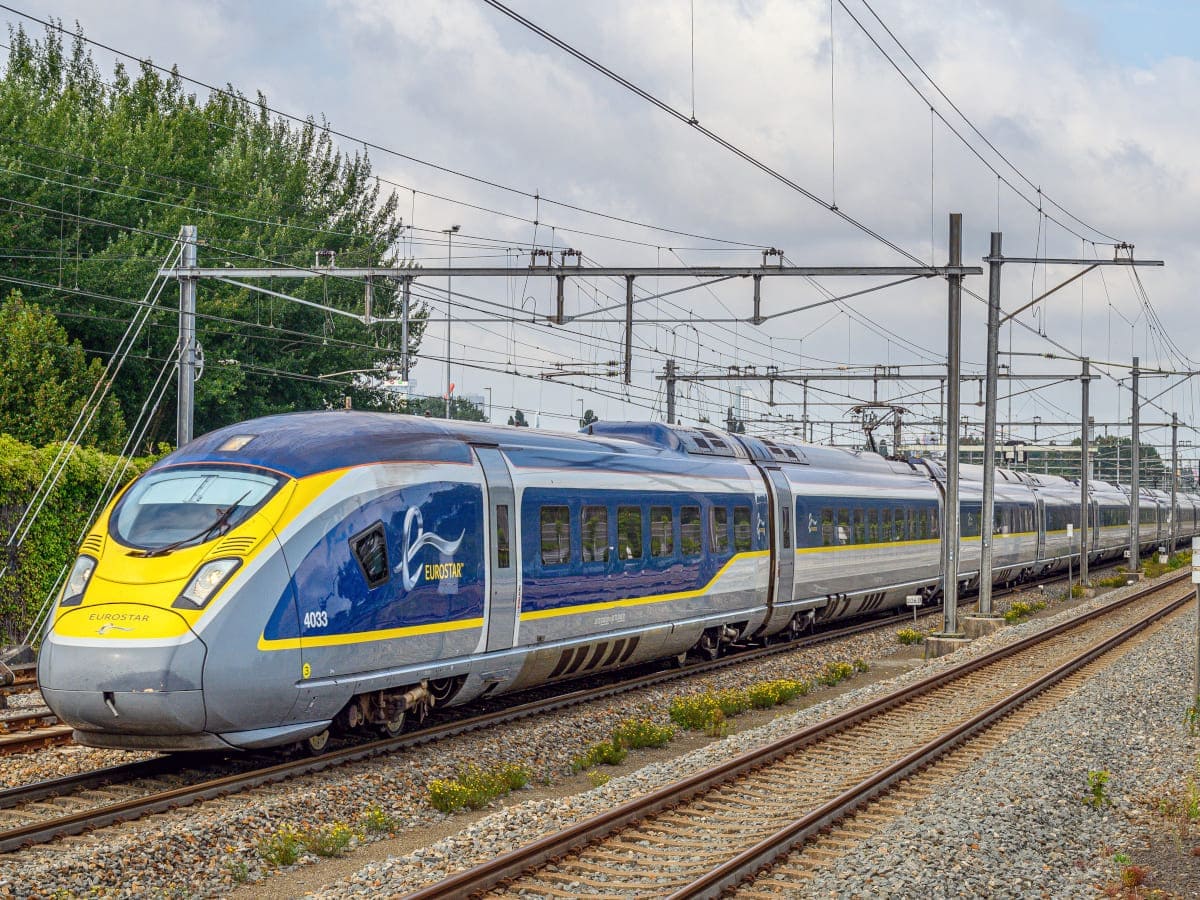
The Eurostar revolutionized travel between the UK and continental Europe, running through the Channel Tunnel beneath the English Channel. These trains have transformed the journey from London to Paris into a mere 2 hours and 15 minutes, making air travel less appealing for many passengers.
The newest e320 trains, built by Siemens, feature enhanced comfort and Wi-Fi connectivity and can carry up to 900 passengers.
KTX-Sancheon (South Korea) - 305 km/h (190 mph)
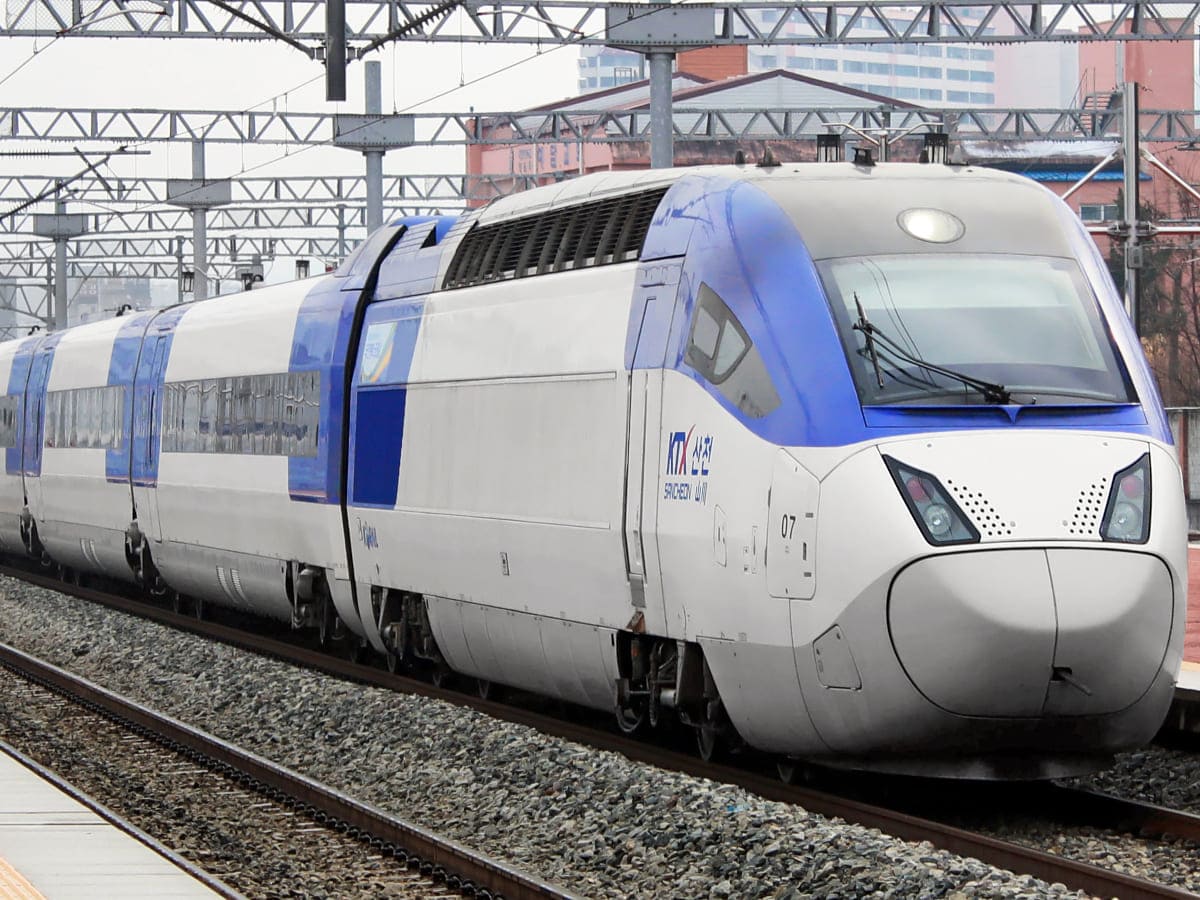
The KTX-Sancheon represents South Korea's successful development of domestic high-speed rail technology, reducing reliance on foreign designs. Built by Hyundai Rotem, these trains feature advanced Korean-developed technologies, including enhanced acceleration and deceleration capabilities.
The name "Sancheon" means "mountain stream," reflecting the train's ability to navigate Korea's mountainous terrain swiftly and smoothly. The KTX-Sancheon has significantly reduced travel times across South Korea, contributing to the country's economic integration and showcasing its technological prowess in the railway sector.
Shinkansen E6 Komachi (Japan) - 320 km/h (200 mph)
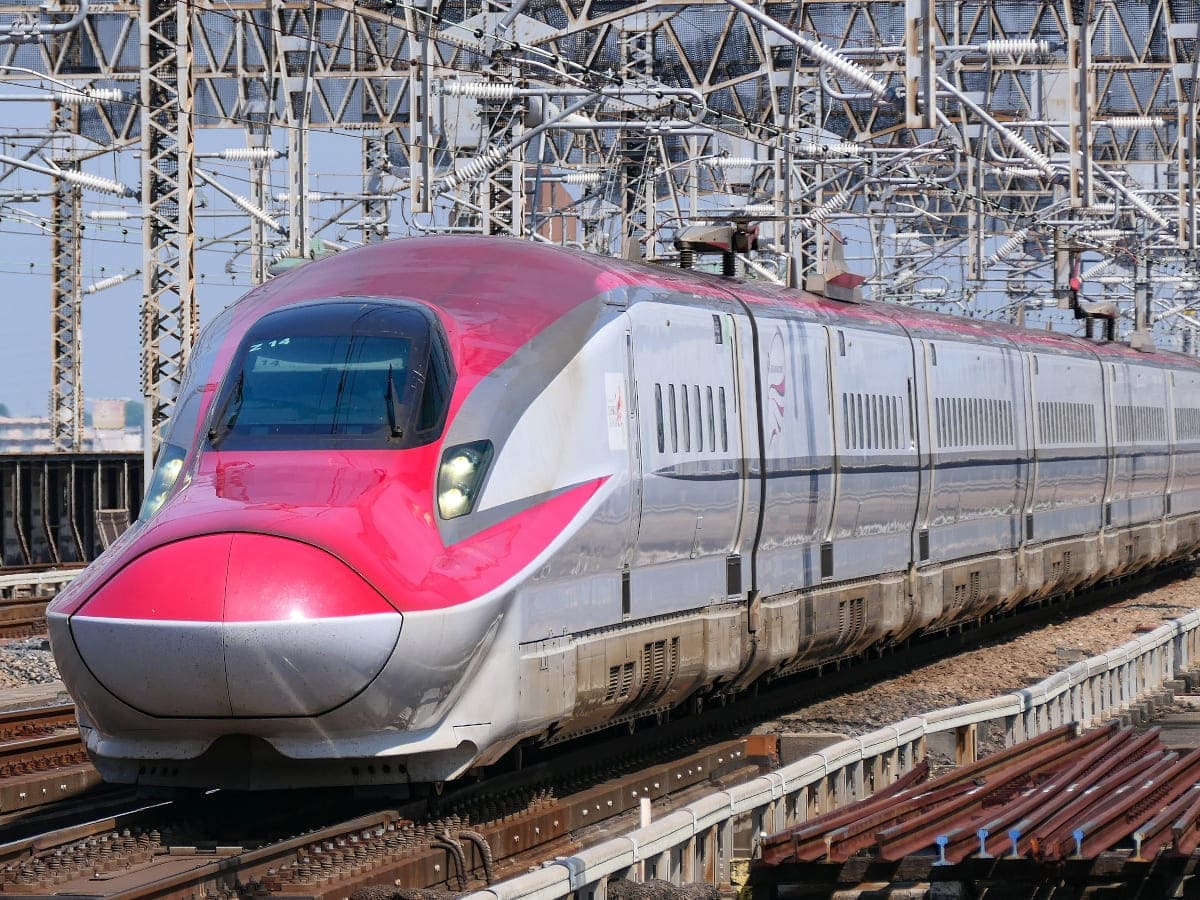
The E6 Komachi, operating on the Akita Shinkansen line, is a mini-shinkansen designed to run on both standard and narrow-gauge tracks. Its unique design features a bright ruby color and a similar aerodynamic nose to the E5.
The train is specially engineered to handle the challenging terrain and weather conditions of northern Japan, including heavy snow and mountain routes. Despite its smaller size compared to other Shinkansen models, the E6 maintains the same high-speed.
Shinkansen E5 Hayabusa (Japan) - 320 km/h (200 mph)
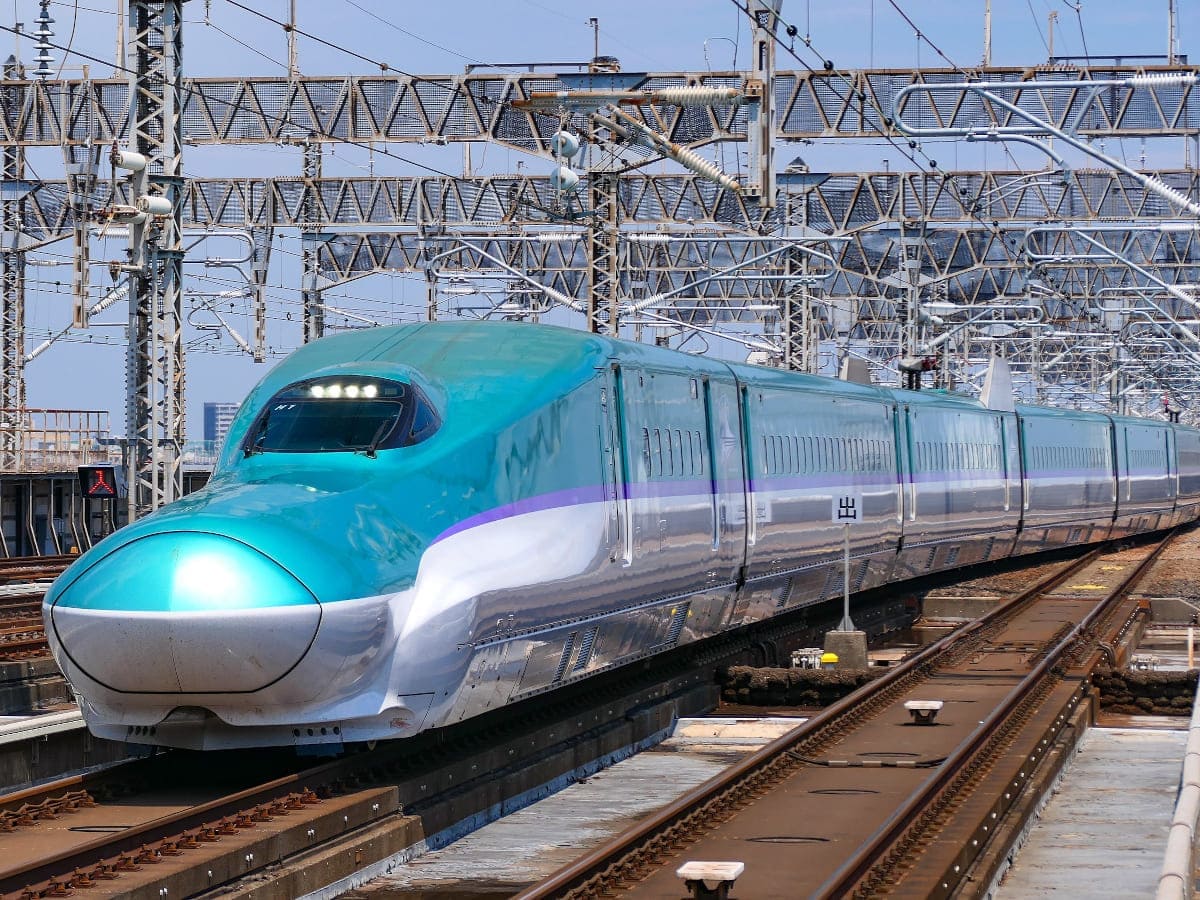
The E5 Hayabusa, which means "Peregrine Falcon" in Japanese, is part of Japan's renowned Shinkansen bullet train fleet. Known for its distinctive long-nose design, which reduces sonic booms when entering tunnels, the E5 represents the pinnacle of Japanese railway engineering.
The train offers unparalleled comfort with its "Gran Class" luxury seating, advanced vibration damping systems, and active suspension for a smooth ride. The E5 operates on the Tohoku Shinkansen line, connecting Tokyo with northern Japan, and has maintained an impeccable safety record.
CR400AF/BF (China) - 350 km/h (217 mph)

Known as "Fuxing" or "Rejuvenation," the CR400AF/BF represents China's newest generation of high-speed trains. Developed entirely with Chinese technology, these trains are the backbone of China's vast high-speed rail network - the world's largest.
The Fuxing trains feature advanced safety systems, smart sensors, and automatic operation capabilities. They can carry up to 1,200 passengers and are designed to operate in extreme temperatures, from -40°C to 40°C.
Frecciarossa 1000 (Italy) - 400 km/h (248.5 mph) (record)

The Frecciarossa 1000, or "Red Arrow," is Italy's premier high-speed train, setting a national record during testing. Designed with both speed and style, it exemplifies Italian engineering and design excellence.
The train features a distinctive aerodynamic shape and is built to be environmentally friendly, with 95% of its materials being recyclable. It operates on Italy's main high-speed line between Milan and Rome, offering four classes of service.
Shanghai Maglev - 431 km/h (268 mph)
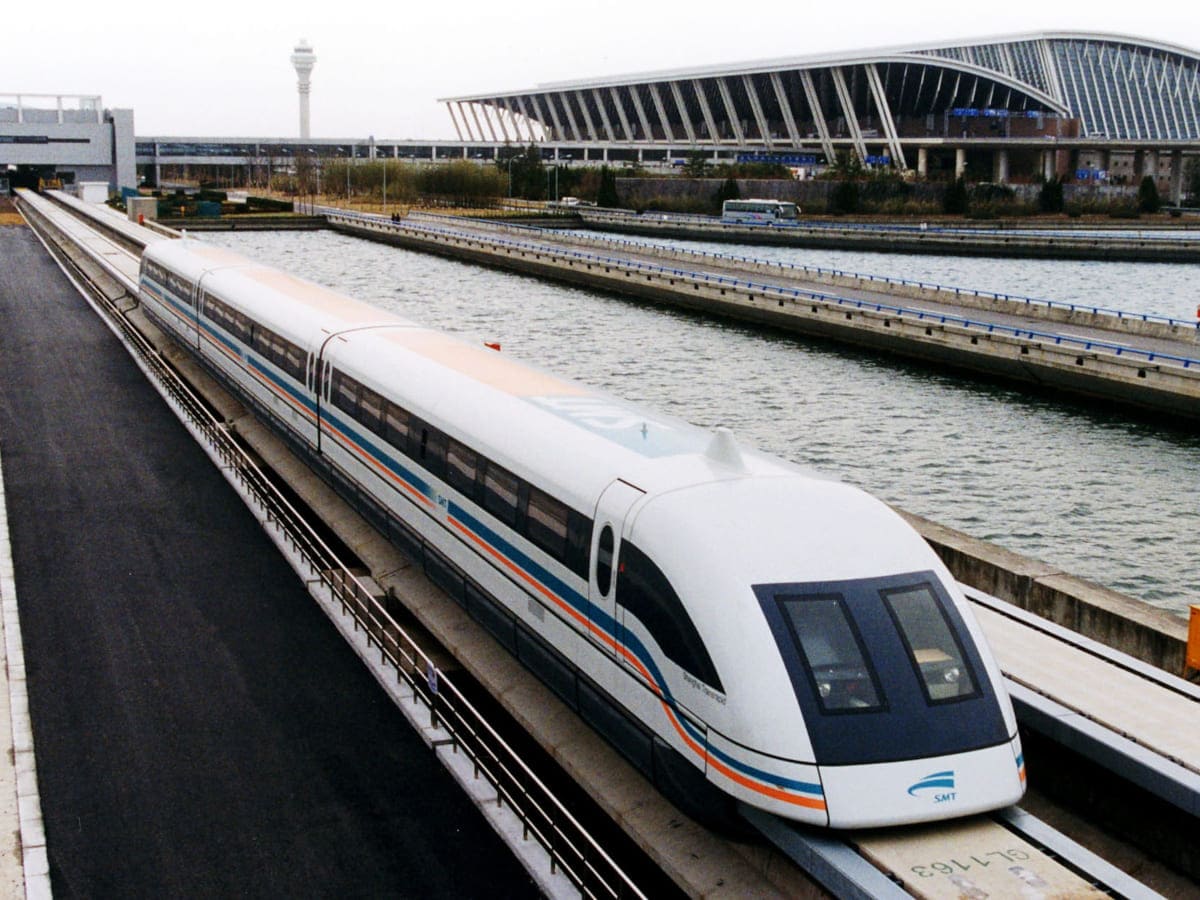
The Shanghai Maglev is the world's fastest operational train in regular commercial service. Using magnetic levitation (maglev) technology, it floats above its track, eliminating friction and enabling incredible speeds.
The train connects Shanghai Pudong International Airport to the outskirts of Shanghai, covering 30.5 km in just 7 minutes and 20 seconds. Inaugurated in 2004, it remains a testament to China's commitment to advanced transportation technology.
French TGV POS - 574.8 km/h (357.2 mph)
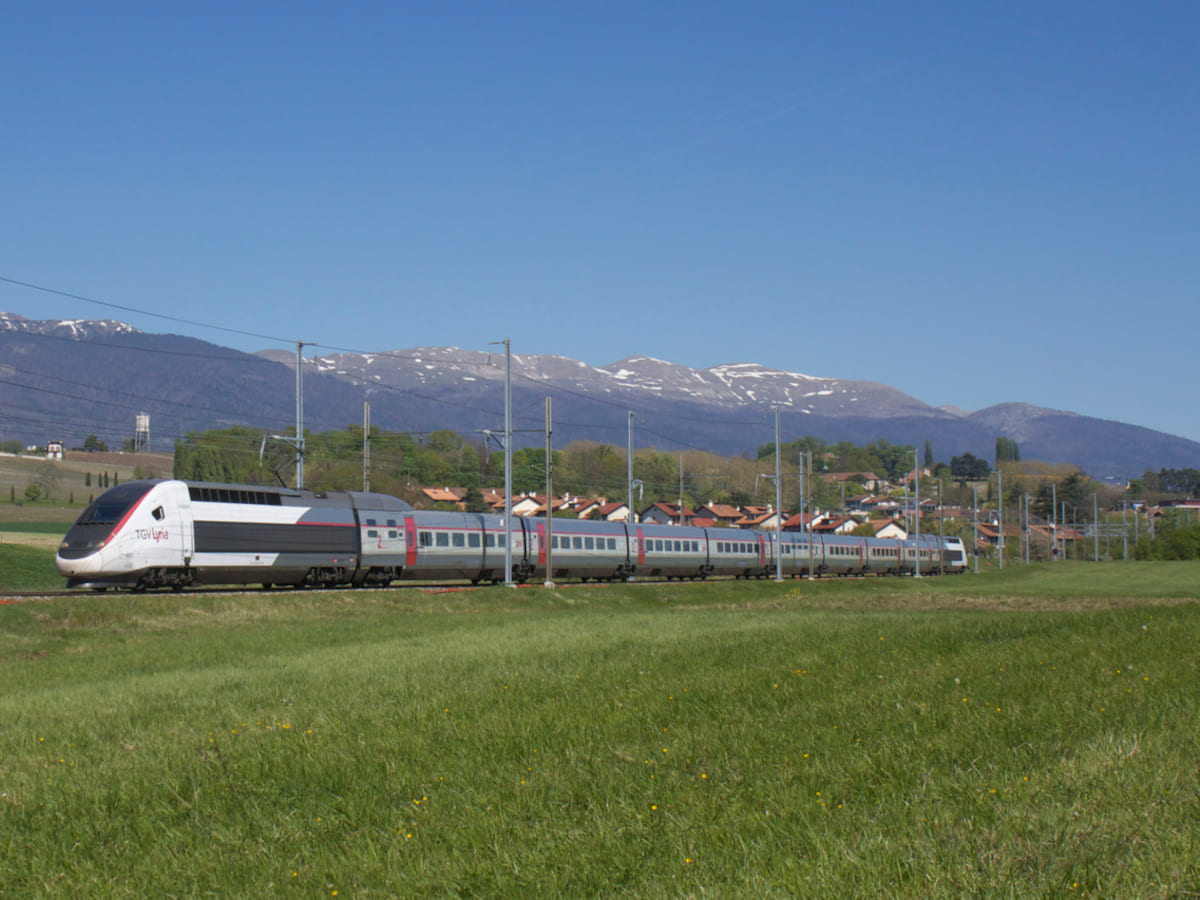
The French TGV POS set the world record for the fastest wheeled train on April 3, 2007, on a special test run. This modified version of the regular TGV (Train à Grande Vitesse) showcased France's railway engineering excellence.
The record-breaking train had larger wheels, enhanced aerodynamics, and a more powerful engine than standard models. While regular TGV services operate at lower speeds for safety and practicality, this achievement demonstrated the potential of conventional rail technology.
 Author
James Stephens
Last Updated: October 31, 2025
Author
James Stephens
Last Updated: October 31, 2025